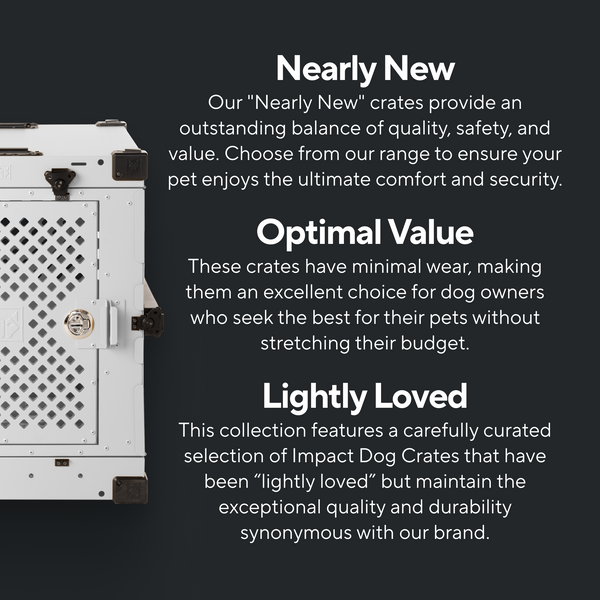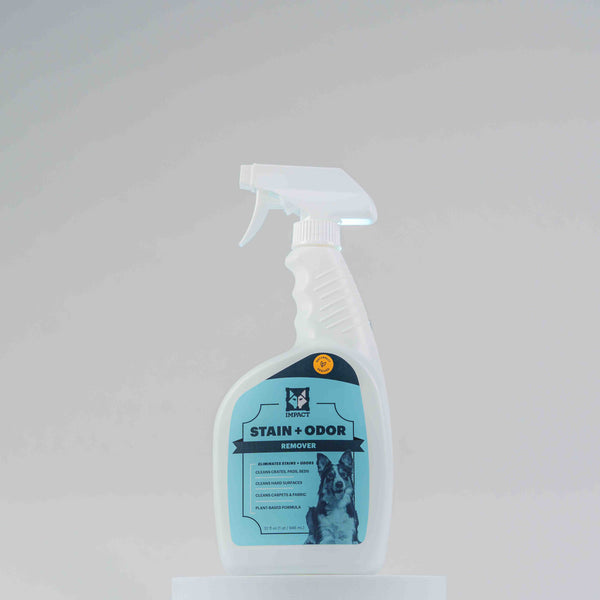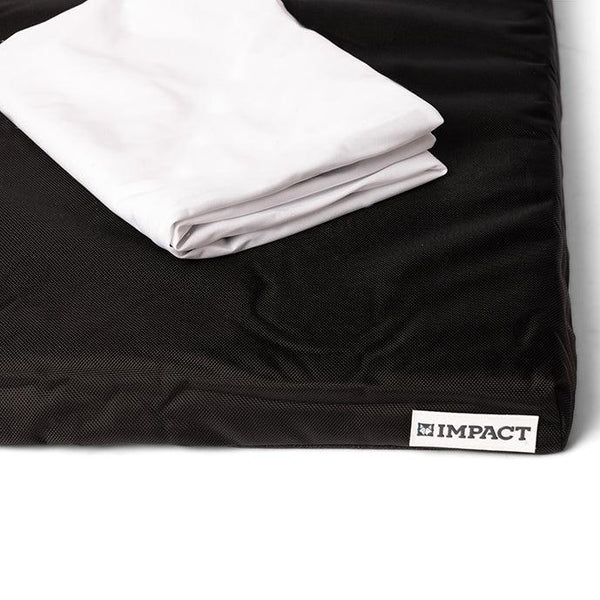Anxiety is a commonly discussed topic, as it’s estimated that a large percentage of citizens have experienced or are currently experiencing anxiety. Fortunately, the stigma surrounding such mental health conditions has decreased, resulting in many people feeling more comfortable opening up to seek help. However, a lesser-known type of anxiety, yet a still very prevalent type of anxiety, is dog anxiety. Just like us humans, dogs can experience dramatic fluctuations in their mental health. Of all conditions, one of the most common to be found in dogs is anxiety.
So what is dog anxiety? Dog anxiety can take on many forms, and it is not uncommon for some dog owners to not even know that their dog’s behavior is a result of their anxiety. Anxiety in dogs can be classified as periods of great stress that your dog experiences. Contrary to what many assume, this does not mean that an anxious dog will experience anxiety 24/7, as it’s quite common for anxiety in dogs to be triggered by external factors. An example of this would be a change in an environment that causes distress to your pup. Loud noises (such as fireworks), new people, and other drastic changes can easily trigger a dog’s anxiety.
Furthermore, a type of anxiety quite common with dogs in particular is separation anxiety. Separation anxiety functions very similarly to anxiety, however. the underlying causes are what sets it apart. When dogs experience an excessive attachment to their owner, being away from their owner- even for brief periods, can cause them extreme distress. This is called dog separation anxiety. For many pet owners, managing their dog’s separation anxiety can be quite difficult and mentally draining. After all, dogs suffering from separation anxiety may be more prone to acting out in destructive ways. This extreme behavior is typically triggered when the dog is away from their owner. For example, say you need to go run a few errands and leave your dog alone. A normal dog might be content with a few toys laying around and the most amount of trouble they get up to being them chilling on the couch for a bit. On the other hand, a dog with separation anxiety could easily become too overwhelmed and stressed in this scenario, as they are not able to seek comfort in their owner’s presence. This commonly results in the dog’s anxiety manifesting in behavioral issues when this happens. Tearing up couch cushions, destroying household appliances, and having potty accidents are just some of the many common behaviors of dogs suffering from separation anxiety.
How can you help a dog with separation anxiety?
Utilize Treats
We get it; you can’t be with your dog all the time (even if you may want to). That being said, an effective tool for minimizing your dog’s anxiety when you’re away is a treat. Giving your dog their favorite treat can induce a variety of positive feelings and emotions in them. While their owner leaving would otherwise be a very distressing situation, when an anxious dog has a treat, they may be more likely to associate it with positive emotions instead. In other words, their owner leaving them will not be as catastrophic, as they are excited about their special treat. Repeat this step anytime you leave your pup, and pretty soon, your leaving them will cause no stress at all.
Exercise Them
All of us humans- at one point or another, have heard how awesome exercise is for our physical and mental wellness. Well, the same applies to dogs. Not only does exercise ensure your pup remains in peak physical condition, but it can also ensure they are remaining healthy mentally. This can be crucial for preventing and managing anxiety in dogs. Simply walking around your neighborhood or playing a game of fetch are great ways to introduce more exercise into your dog’s life. Think about it this way; when your dog has gotten a lot of pent-up energy out of their system, they have less energy left to get anxious. In both humans and dogs, exercise has been shown to provide numerous calming and relaxing effects, which is what makes it a great tool for managing stress and separation anxiety in dogs.
Provide a Safe Space
One of the most widely recommended tips by veterinarians, experts, and owners is to provide a safe environment for your pup. It’s been shown that a safe and quiet environment can work wonders for dogs suffering from anxiety. The reason for this is that busy and loud surroundings can become easily overwhelming for dogs, resulting in them becoming wound up and stressed. The best and most effective way to prevent dogs from experiencing this uncomfortable anxiety is by providing them with an enclosed environment just for them, such as a dog crate.
The Impact High Anxiety Dog Crate provides a safe, comforting, and secure space where your dog can destress and relax. Constructed from heavy-duty aluminum, this crate is designed to protect even the most skilled crate escape artists. Unlike flimsy wire crates, which can seriously injure anxious dogs during their escape attempts, the Impact High Anxiety Dog Crate is indestructible and puts dog safety first. Plus, with this crate, dog owners have the peace of mind of knowing their dog- and home, are safe from harm.
Testimonial: Dakota’s Story
As a pet company, we’ve heard many different stories about separation anxiety in dogs. After all, dog anxiety is a very common concern of many owners. Instances of dogs injuring themselves escaping a wire crate, wreaking havoc on a house, and destroying precious possessions are some of the many stories we are used to hearing. The following is a story we received from a customer, Adam, about his dog who previously struggled with separation anxiety. After his pup, Dakota, easily broke out of a wire crate, Adam made the decision to invest in the Impact High Anxiety Dog Crate. Continue reading to learn how this crate helped Dakota overcome his separation anxiety.




"Many thanks to everyone at Impact for an awesome product." -Adam Szantay, owner of Dakota.
Thank you to Adam for sharing your story! We are so happy to know that our crate has helped Dakota overcome his separation anxiety.






